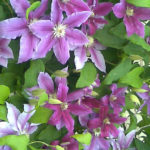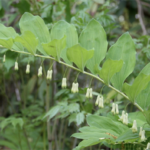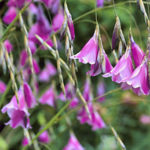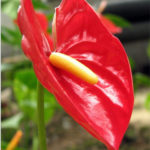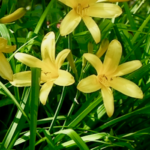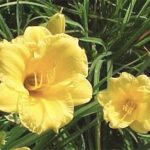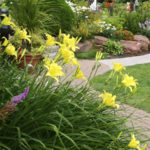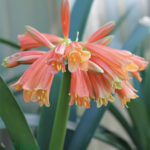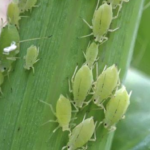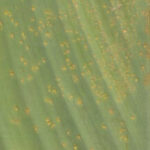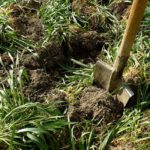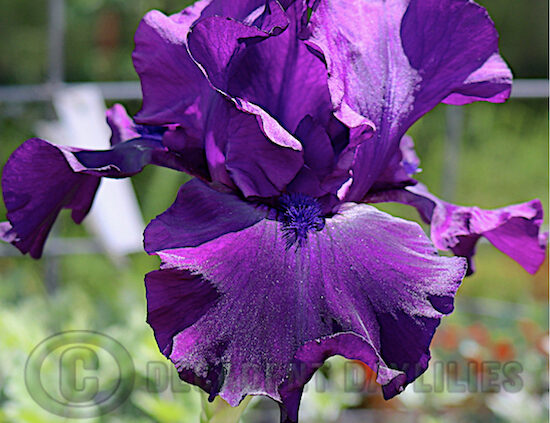
22 Useful tips growing and caring for Irises
What Are Some Tips on Planting and Taking Care of an Iris Plant?
Iris plants are one of the most preferred plants for flower beds. There are different varieties of Irises that provide stunningly coloured flowers in your garden. Important among them are Bearded irises, English irises, and Siberian iris. Gardeners prefer this plant as they need to provide it with little care once the plants are established. These plants propagate by forming rhizomes. Moreover, the plant provides blooms continuously once they start flowering. Here are some tips on planting and taking care of an iris plant.
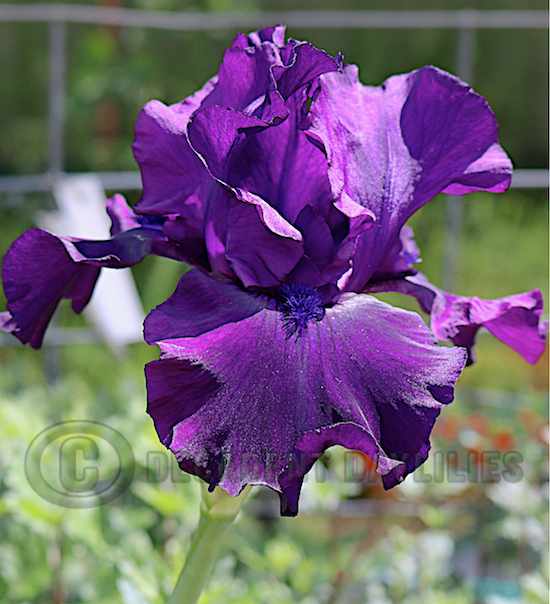 Tips for Planting Irises
Tips for Planting Irises
- Late summer or early autumn is the right season to plant iris rhizomes. Plant the rhizomes or bulbs when the conditions are ideal for growth.
- Iris needs a sunny location for proper growth and flowering. So, plant them in areas with direct sunlight.
- Plant Irises in rich and well-draining soil under the rhizome to prevent root rot and to improve their flowering.
- Select rhizomes that are at least thick as your thumb and have 1 to 2 leaf fans and healthy roots for planting.
- Clip off the leaves to a length of 4 to 6 inches before planting to prevent wind rock and reduce the stress for the plant to maintain the leaves while they concentrate on a new root growth.
- Leave enough space between rhizomes while planting. Keeping a distance of 14 to 18 inches is ideal. Dwarf varieties of irises require less space between them than the tall bearded varieties.
- In areas receiving high rainfall, plant them in raised beds for better drainage.
- It doesn’t matter which way you plant your iris rhizomes whether they are facing north, south, east or west. Lets face it, after 12 to 18 months your iris will clump up and you would never know from day one which way your rhizomes originally faced. Its more important to make sure that the iris leaves are straight when the iris division is planted.
- Plant the rhizomes in such a way that the roots and the top part of the rhizome are lightly covered in soil to prevent the rhizome from scalding by the hot sun.
- Even though they are drought-tolerant, keep irises watered during the growing season and they may require occasional watering once a week during dry spells.
Tips Caring for your Irises
- Hybrid varieties of irises need more fertilisers than the regular varieties.
- Fertilise the plants before the blooms appear and after dividing with slow release fertiliser blood and bone or superphosphate and potash for optimal flower production.
- Overcrowding and clumping will reduce flower production and hence plant clumps need division.
- Lift iris clumps using a garden fork during late summer and separate and select the younger vigorous plants for replanting.
- The use of lime is not necessary unless your soil is on a pH scale below 5.5 very acid.
- Keep iris flower beds free from weeds to avoid competition.
- Once the blooms of the plant fade, remove the flower head. Make sure that the stem and foliage are intact as possible.
- Removing flower heads prevents seed pod formation and prevents the growth of seedlings around the plant.
- Allow the stem and foliage to turn yellow before removing it. The plant requires the foliage to send nutrients for storage to the rhizome for next season’s flowering.
- Division of the clumps is necessary every 3 to 4 years or when the plants are overcrowded.
- The plant may need mulching during winter.
- Slugs and snails are the enemies of irises. So, pick them with your hand or use slug baits.

This tall bearded iris plant, viking dancer was planted 14 months ago with one single flowering size rhizome and flowered last season. (Which way was the original rhizome facing?) Since then, the bearded iris has made extra growth. It has made 4 new rhizomes to flower this October. The small shoots are the rhizomes that I will have for sale. The small newest rhizomes will grow to flowering size by January. This plant will need dividing by next March.
I always plant my iris rhizomes so the green leaves grow away from the garden edge, just like my picture shows with the name tag in the front at the garden edge.
Different varieties may require different types of soil and fertilisers. Take care of the Irises depending on their type.



